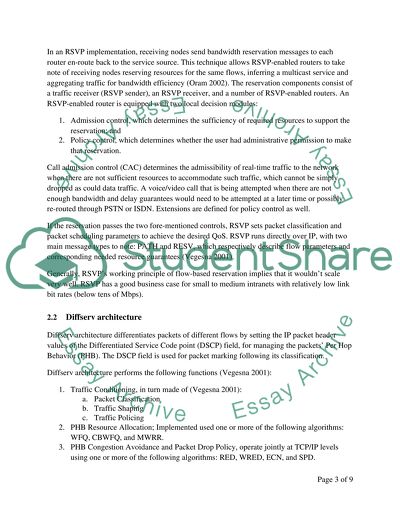Cite this document
(“Optimising Network Services Essay Example | Topics and Well Written Essays - 1750 words”, n.d.)
Retrieved from https://studentshare.org/technology/1532769-optimising-network-services
Retrieved from https://studentshare.org/technology/1532769-optimising-network-services
(Optimising Network Services Essay Example | Topics and Well Written Essays - 1750 Words)
https://studentshare.org/technology/1532769-optimising-network-services.
https://studentshare.org/technology/1532769-optimising-network-services.
“Optimising Network Services Essay Example | Topics and Well Written Essays - 1750 Words”, n.d. https://studentshare.org/technology/1532769-optimising-network-services.


